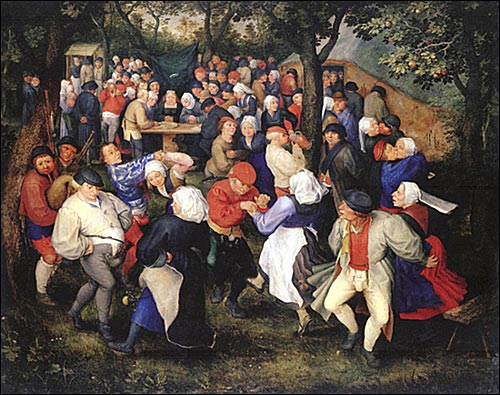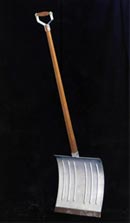Is there determinism in the destiny of artists belonging to the same family? Based on a systematically designed study of nearly 1,500 brothers and sisters from many different periods and artistic circles, the exhibition is composed of 100 artworks - mostly paintings and drawings, but also sculpture, design and video works. It is a fascinating study, at the fringe of art and science. Organised around six themes: Brothers and sisters, Myths and legends, Romance, Pioneer for modern art, Dynasties and Symbiosis they cover extended artistic fields and periods.
Great names and lesser ones
In pointed juxtaposition, great names, such as Jan with Pieter Breughel, Marcel with Suzanne Duchamp. Alberto with Diego Giacometti, the Bosschaert brothers, the Martin sisters, meet up with less well-known ones… The exhibition’s aim is primarily to better understand the relationships developed inside brotherhood : what are the relationships between artists who grew together and are linked, de facto and not by their own free will, by blood but also through history, traditions, similar experiences? Does brotherhood lead to cooperation or rivalry? How can one grow in the shade of a genius? Can the notoriety of a name open the doors of glory? The show’s time line stretches from the 8th century through the major painting schools of the modern age into the present. Roughly a third of the examples are contemporary, another third from the 19th and 20th centuries - Romantic, Modern and Post Modern periods - with the remaining works dating from Antiquity, the early Middle Ages through the Renaissance and up to the Baroque.
To each period its thuth
The earliest work in the exhibition is provided by the two saints, Harlinde and Relinde, spiritual and biological sisters, who lived and worked during the 8th century in the Maaseik Convent, where they are said to have woven textiles and illuminated manuscripts. Major strides throughout the epochs reflect a development: in the child-rich Middle Ages, as well as in the Modern Age, the principle of primogeniture hindered the development of individual genetic potential. The first born enjoyed, even if he was inferior in talent, privileges with regards to workshop activities and inheritance. The Baroque period exhibited signs of collaborative endeavor, but it was first during the Romantic period that the ideal of multiple authorship was professed. Over the course of the 19th century the family lost ground, as the transmitter of style and specialized artistic knowledge gained in importance. The turn of the 20th century saw perhaps the last great dynasty that continued to flourish with Pissarro.
The emergence of the modern artist
The early 20th century saw the emergence of the modern artist, who broke free from the unquestioned transference of tradition and who came to value his own originality more and more. It is no coincidence that sibling artists of the period often used pseudonyms - Balthus, Jacques Villon, Naum Gabo, Rekerb, de Chirico - to name just a few. Since the implosion of the last remaining social utopia in Eastern Europe, an intensified willingness to collaborative work has been apparent. If Romanticism, with its narcissistic ideal of spiritual brotherhood, literally provided ideal conditions for the merging of biological siblings, today we are experiencing a secular renaissance of this forgotten or repressed childhood of the Modern movement. The contemporary and Romantic periods play, therefore, a particular and key role in Family Affairs Nothing expresses the secret flow of thoughts of both poles better than the Horrors of War, a series of 80 original lithographs by Goya, which have been irreverently actualized by the kindred spirited Chapman brothers.
ILLUSTRATION : Marcel Duchamp, En avance du bras cassé, 1964 © Succession Marcel Duchamp
PUBLICATION
Exhibition catalogue Bilingual French/Dutch, 23 x 26,5 cm,184 p., 116 col ill. Published by the Centre for Fine Arts and Fonds Mercator, paperback with flops 30 Euros ISBN: 90 6153 644 8
Around the exhibition The swiss artists Patricia and Marie-France Martin exhibit 9 of the 13 photographs of their 2001 performance in Antwerp in a glass sculpture by Dan Graham. The two sisters appropriated some fragments of Virginia Woolf’s novel entitled An Unwritten Novel…An Unmade Sculpture may be seen in the windows, Ravenstein et Baron Horta streets, until September 30
To see more illustrations, click on VERSION FRANCAISE at the top of this page
| 








